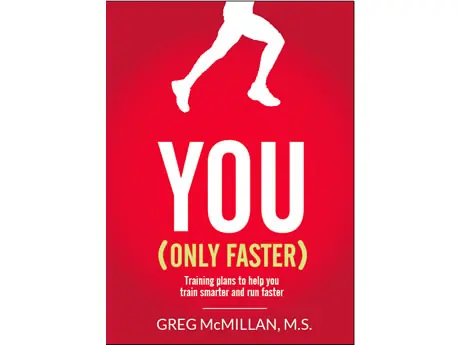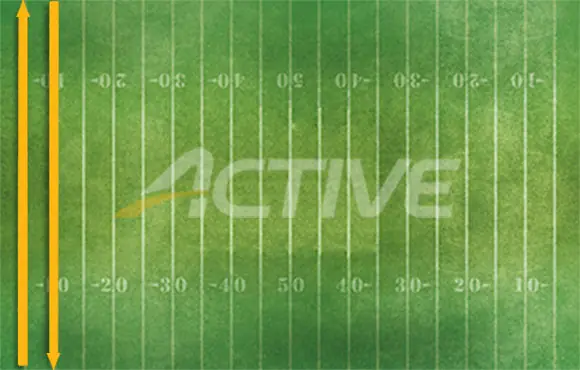
It isn't hard to find a training plan. Whether you're preparing for a 5K, a marathon, or something in between, you don't have to look far for a program to get you ready. Just Google a phrase like "5K training plan," and see what comes up. Many of the offerings you see will be free, and some will be authored by well-known, respected coaches. And in many cases you will be able to choose the best fit from a range of levels, such as beginner, intermediate and advanced.
If you choose the right level and the right coach, you will probably get good results from the plan. But will you get the best possible results? Maybe not. That's because there are more than three types of runners. In fact, there are as many types of runners as there are individual runners. Each and every runner is unique in his or her combination of experience, fitness level, strengths and weaknesses, goals, life schedule and so forth. To get the best possible results you need a training plan that takes all of these factors into account.
One way to get a fully customized training plan is to hire a coach. But not every runner can afford (or wants) to work with a coach. Another option is to become your own coach, an alternative that has suddenly become more realistic with the publication of Greg McMillan's new book, You (Only Faster). A coach to both elite and everyday runners, McMillan adheres to the principle embodied in the expression, "Give a man a fish and he will eat for a day; teach him to fish and he will eat for a lifetime." Specifically, in You (Only Faster), McMillan does not give runners readymade training plans but instead teaches them how to make their own.
More: Teach Yourself How to Run Better This Year
The typical running book starts with several chapters describing the author's training philosophy and ends with a selection of readymade training plans that embody those principles. McMillan cleverly flips the paradigm around. "Selecting Your Training Plan" is Step One of the six-step system of self-coaching that he presents in his book. This makes a lot of sense. Choosing an appropriate training template is the first step in the process of preparing for a future race. It's also the easy part. You decide whether you ought to run 2 to 3 times per week, 4 to 5 times per week, or 6 to 7 times per week. McMillan has training templates that feature all three of these running frequency groupings, with further divisions by goal race distance: 5K, 10K, half marathon and marathon.
- 1
- of
- 2
About the Author

Get ACTIVE on the Go


Couch to 5K®
The best way to get new runners off the couch and across the finish line of their first 5K.
Available for iOS | Android






Discuss This Article